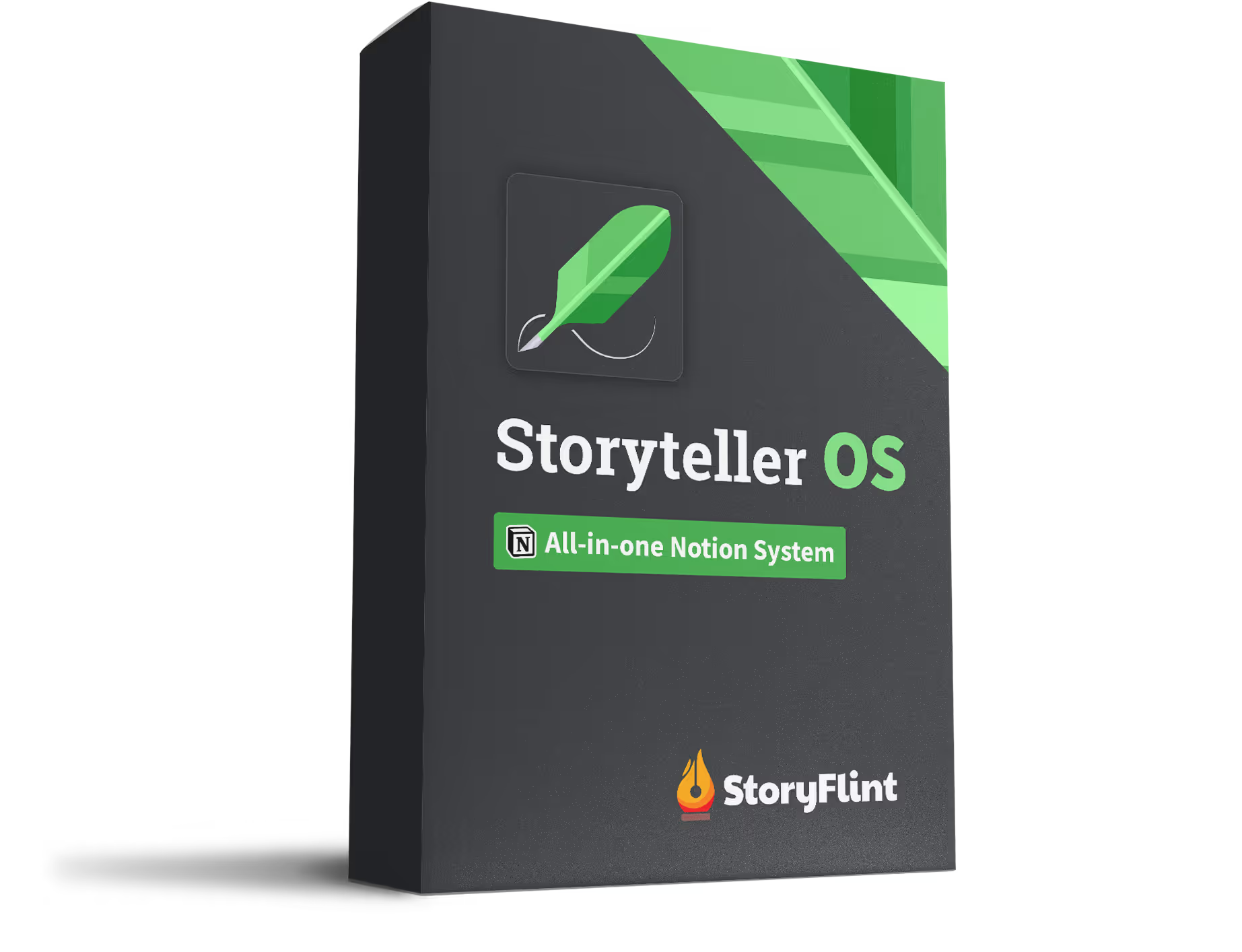1. “You don’t have an idea until you can use the words ‘but,’ ‘except,’ ‘and then...'"
For the aspiring writer with big dreams of creating impactful screenplays, Sorkin's insights are like guiding stars in the vast universe of storytelling. Here are three key lessons every aspiring screenwriter can take away from Sorkin's body of work.
Sorkin's stories don’t just unfold; they unravel with a precision that captivates the audience's imagination endlessly. Aaron believes an idea isn’t worth pursuing until it can weave through the needle of conflict and resolution. To spot a 'good' idea, he recommends a litmus test using the conjunctive powers of 'but,' 'except,' and 'and then.'
What does this mean for new storytellers? An idea that can grow with these beats holds the potential to sustain a rich narrative. Sorkin's approach with "Sports Night" showcases crafting a story around a setting, while "The Social Network" transformed a real-world conflict into a narrative that resonated beyond the silver screen.
2. “The only thing that makes me feel good about writing is making progress.”
Sorkin isn't just about crafting stories; he's fully immersed in them, reflecting on his personal journey with progress and battling the procrastination that every writer faces. His perspectives on overcoming writer's block are both intriguing and down-to-earth.
Battling Writer’s Block
Sorkin suggests focusing on the micro to combat writer’s block. Setting achievable daily milestones not only leads to progress but also circumvents the weeds of overthinking and stalling.
The Music of Inspiration
For Sorkin, music is both a muse and a medium. Like a pied piper, it guides him out of the labyrinth of writer's block. The soundtrack for "The West Wing" famously inspired the cathartic "Two Cathedrals" episode. While not a universal solution, it underscores the value of seeking inspiration from external sources.
3. "It’s not until you introduce the intention that you’ve really begun the story.”
Intention acts as the guiding compass, while obstacles serve as the challenging storms that test one's character. Sorkin's creative process is sharply focused, drawing from a deep well of sincere intention, only matched by the weight of the obstacles.
Who desires what, and what stands in their way? Crafting intention and obstacles in your narrative generates the friction and tension necessary to develop a compelling screenplay.
High-Stakes from the Outset
Introduce intention and obstacle from the opening scenes. Whether it's a film, a TV show, or a play, this is the pivot on which the entire narrative turns. Without it, the story flounders, and the audience’s attention strays.
Finessing the Craft
Deconstructing the intentions and obstacles in popular media serves as an invaluable exercise. It not only sharpens critical faculties but also offers a treasure trove of learnings for nascent storytellers.
4. "You never know where a cool story is gonna come from... that’s why you want to talk to as many people as possible."
The skilled screenwriter differentiates between two types of research when crafting a screenplay.
- The first, referred to as 'nuts-and-bolts' research, involves collecting specific, tangible facts about locations, subjects, or individuals.
- The second research type is utilized to chart the movie's storyline, where insightful discussions can lead to compelling plot twists.
Sorkin stresses an open-minded research approach, encouraging writers to seek out valuable information that drives the narrative forward. He also recommends posing open-ended questions during interviews to uncover lesser-known details.
Interviews play a crucial role in Sorkin's process, suggesting initially keeping them brief to establish trust. This approach proved effective when interviewing key figures for his projects. As a creative exercise, select a distinctive location, delve into it thoroughly, conduct interviews, and formulate story ideas incorporating conflicts and resolutions.




